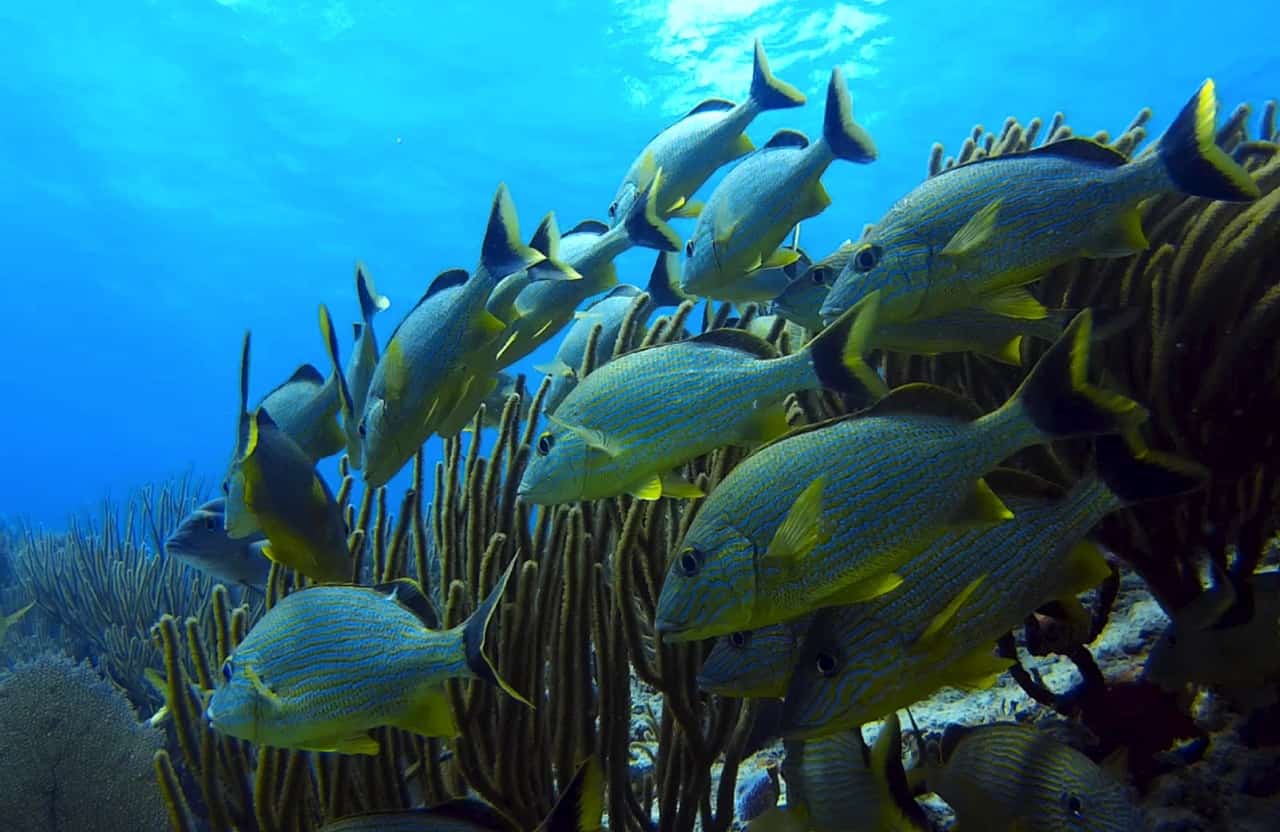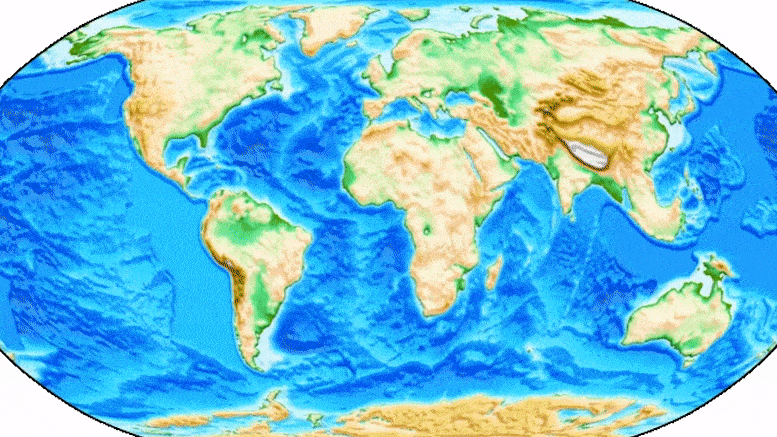
Recent research highlights a curious 36-million-year cycle, punctuating the Earth’s history with a bloom of marine biodiversity. But what are the underlying mechanisms orchestrating these enormous shifts? Well, plate tectonics may have a say in all of this.
The cycle was uncovered by a collective of scientists from the Sorbonne Université, the University of Madison, the University of Sydney, and the Université de Genève, who painstakingly analyzed marine animal fossil data spanning the last 250 million years. They found the Earth’s tempo, so to speak, not only in fossil records, but in sea-level variations and Earth’s interior mechanisms as well.
This suggests that the surge and ebb of life in the sea is paced by the Earth’s geodynamic orchestra, conducted by global sea-level cycles.
“Picture Earth’s tectonic plates as a giant, ponderous ballet,” explains Professor Dietmar Müller from the University of Sydney.
“Every 36 million years, the dance quickens or slows, leading to alterations in seafloor spreading and cyclical changes in ocean basin depths. This geological waltz causes the oceans to rise and fall, flooding and drying up continents. These extensive shallow seas become the cradle of biodiversity.”
Like a slow-motion replay of Earth’s history, the researchers could witness how these cycles of sea-level variation, Earth’s interior processes, and marine fossil records unfolded.
Tectonic cycles and the clock of evolution

The Cretaceous Winton Formation in Queensland, Australia is a prime example of how these sea-level changes have molded ecosystems and influenced biodiversity. This formation is renowned for its collection of dinosaur fossils and precious opal, offering a precious glimpse into a time when Australia was almost entirely submerged.
With each rise and fall of the sea level, the landscape transformed, creating and erasing ecological niches in the shallow seas, each unique habitat fostering a distinct group of species.
The scientists’ findings challenge prior theories of why species have evolved over vast periods. According to Müller, the cycles are 36 million years long due to regular patterns in how tectonic plates are recycled into the convecting mantle — the slowly moving, soup-like layer of the Earth’s interior.
It is this geological clock, intertwined with sea-level changes, that shapes the evolution and extinction of marine species over millions of years. But it is far from being alone.
Scientists discovered evidence of another 62-million-year biodiversity cycle. This time, this cycle could be linked to shifts in carbon dioxide levels.
All in all, this discovery opens new avenues for further research and underscores the complex interplay between Earth’s geological processes and the proliferation of life.
“This research challenges previous ideas about why species have changed over long periods,” Professor Müller said.
The findings appeared in the Proceedings of the National Academy of Sciences.






